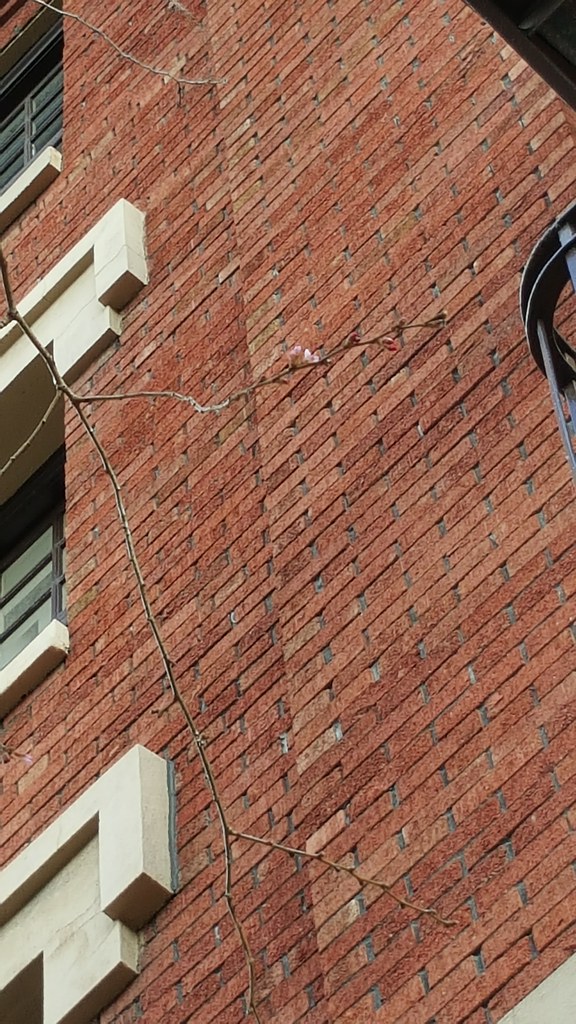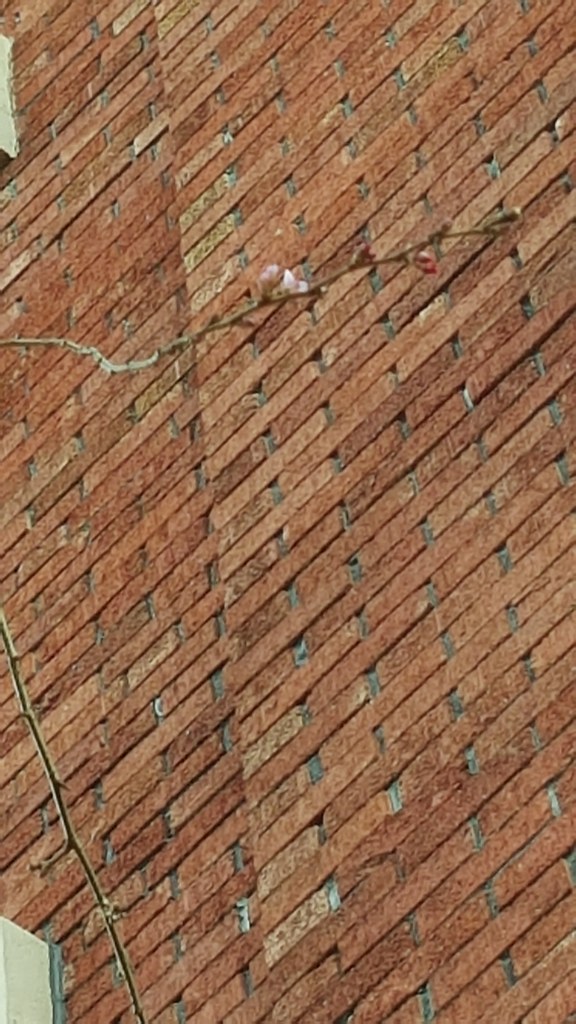Here are a few photos of OHSU's Alumni Fountain, located in the plaza in front of Mackenzie Hall. A plaque at the base explains that it was a gift from the alumni association for the school's 75th anniversary in 1962, and it was designed by architect Lewis Crutcher. The fountain wasn't actually installed until August 1963, though; an Oregonian article about the new fountain proudly noted it was the first new public fountain in the city for over 40 years (and what the previous one might have been doesn't come to mind immediately). The article continues:
Pumps will send a 25-foot gusher into the air, then the water will flow back into the basin through 10 cuts in the upper side of the fountain, so there will be a dual sound. Colored lights will play upon the fountain at night.
The fountain is clearly not sending a 25-foot gusher into the air in these photos. OHSU has some vintage photos of the fountain online, and it was obviously spraying higher in 1968 than it is now. So they must have dialed it back at some point. Looking at the old photos, I suspect you wouldn't have wanted to walk past it on a windy day. I haven't visited the fountain at night, so I have no idea whether the colored lights are still there or not.
I wasn't familiar with Crutcher's work, but the interwebs have a few interesting tidbits. His 2000 obit in the Daily Journal of Commerce is largely devoted to his 1950s campaign against garish billboards and neon signs, cluttered sidewalks, and other civic ugliness. As this was decades before PowerPoint was invented, Crutcher illustrated his campaign with watercolors of European landmarks blanketed with the commercial clutter of 1950s Portland. The February-March 1959 issue of Old Oregon (the UO alumni magazine) [PDF] included an editorial by Crutcher about the many ills of the modern city, illustrated with a few more of these paintings. (Incidentally, his complaint about utility companies' hack-and-slash tree pruning practices is something that hasn't really improved over the last 60-odd years.) The city sign code largely adopted his ideas after a few years, although as fate would have it the few neon signs that survived are now seen as civic treasures to be protected at all costs.
Another aspect of his anti-ugliness campaign has survived the test of time a bit better: At some point, decades earlier, the city had decided that all Portland bridges must be painted black, no exceptions. The Broadway Bridge was black, the Ross Island was black, along with the Hawthorne and all the others. Crutcher had the bright idea that maybe a little variety wouldn't kill us, which led to the range of colors we see today. Except the Steel Bridge, which is owned by a railroad and not the city, and frankly looks like it hasn't been repainted since before the current color scheme went into effect.
Other projects Crutcher was involved in included restoration work at Skidmore Fountain Plaza and the Railway Exchange Block (which is currently being transmogrified into yet another boutique hotel), and the design of Memorial Coliseum. As an architecture student in the 1940s, he designed the houses for an early desegregated subdivision in Claremont, CA, which are now on the National Register of Historic Places.


